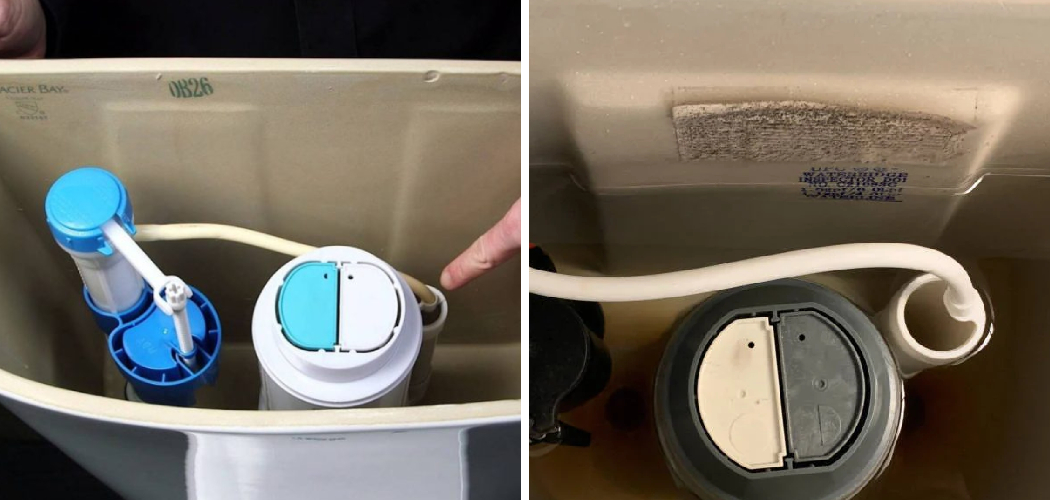For the homeowner and renter alike, a toilet that won’t flush is a nightmare. It can cause inconvenience and embarrassment if entertaining guests and may require costly repairs if not addressed quickly. But fear not! There are several methods one can take to try to repair the issue without having to call in professional help – meaning more money in your wallet!
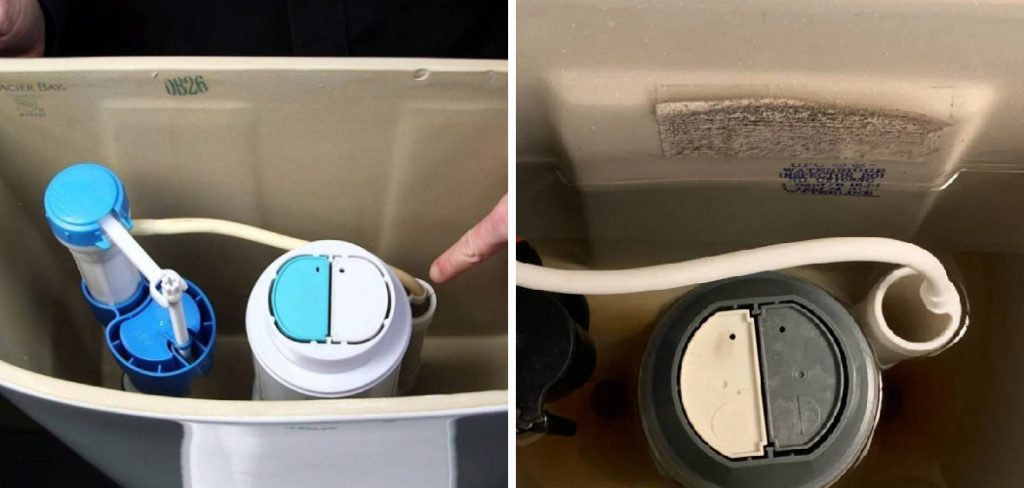
In this blog post, we’ll discuss what could be causing your stubborn toilet, as well as various ways you can identify and how to fix a toilet that will not flush by yourself.
Essential Tools
Before getting started on fixing a toilet that won’t flush, it’s important to make sure you have the right tools. These may include:
Plunger:
The most basic tool used to quickly and easily clear a clog.
Auger or Snake:
A long, flexible tool used to dislodge more stubborn clogs.
Pliers:
Used for tightening and loosening stubborn screws.
Adjustable Wrench:
Used for unscrewing and tightening toilet components.
Bucket:
Used to catch any water that may spill out when removing or replacing parts of the toilet.
12 Simple Step-by-step Guidance on How to Fix a Toilet That Will Not Flush
Step 1: Check the Toilet Handle
The first thing to do is check if your toilet handle is working correctly. Make sure it moves freely and can be pushed down to flush. If it feels stuck or doesn’t move at all, you may have a problem with the handle itself or its connecting parts. Remember to use a flathead screwdriver to remove the screws and take off the handle. Otherwise, you can just replace the handle altogether.
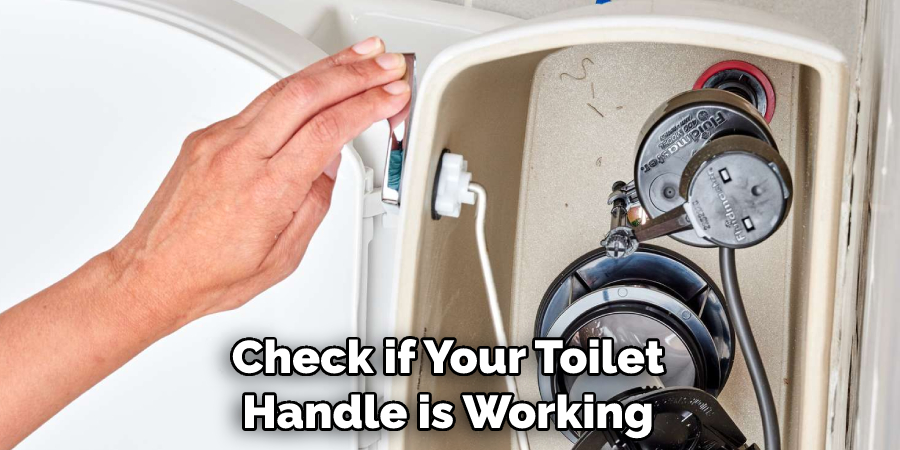
Step 2: Check the Chain and Flapper Assembly
If your toilet’s handle wasn’t an issue, the next thing to check would be its chain and flapper assembly. This is responsible for lifting the flapper up when you flush, allowing water to go into the bowl. If it’s broken or disconnected, your toilet won’t flush properly. To assess this, lift off the tank lid and inspect the chain and flapper assembly.
However, if the chain has become corroded or rusted, it’s best to just replace it.
Step 3: Check for Clogs in the Trapway
If there are no issues with your handle or chain/flapper assembly, then you should move on to checking for clogs in your toilet’s trapway – this is where waste exits from your toilet bowl. Use a plumbing snake (if available) to clear out any clogs that may have built up over time. If you don’t have a plumbing snake, try using a plunger to remove the clogs.
You may need to use a combination of both methods in order to clear the clog. This is the most common reason why a toilet won’t flush.
Step 4: Check the Fill Valve
If there are no clogs, your next step would be to check the fill valve of your toilet. This is responsible for refilling the tank with water after you flush it. If it’s not working properly, then you won’t get enough water when you flush and this will result in a weak flush.
Test this by adding a few drops of food colouring into the tank and waiting for 15 minutes – if it doesn’t reach the bowl, then your fill valve needs replacing.
Step 5: Check for Leaks
Finally, one should also inspect the toilet for any signs of leaking around its base or the connection between the tank and bowl. If you find any leaks here, tighten them up with a wrench and see if the problem is fixed. If not, you may need to replace the fill valve or wax ring entirely. That said, it’s best to call a professional plumber if the leak persists. It’s better to be safe than sorry!
Step 6: Clean the Rim and Jet Holes
If all else fails, a quick fix is to clean your toilet’s rim and jet holes. If these are blocked or clogged with debris, they won’t allow enough water into the bowl when you flush. Use a bottle brush to scrub these out and hopefully your flushing problems will be fixed!

However, if the issue still persists after these steps have been completed, it’s time to call a professional plumber as there may be more serious problems at hand.
Step 7: Remove and Clean Flapper Valve:
The flapper valve is responsible for allowing water to flow into the bowl when you flush. If this is dirty or clogged, it can prevent a proper flush. Remove and clean the flapper valve with a soft cloth and warm soapy water. If necessary, replace the old one with a new one. But remember to turn the water off before doing so! Otherwise, you might end up with a big mess. That’s all there is to it.
Step 8: Inspect Tank Bolts & Gaskets :
Next up, inspect your tank bolts and gaskets for any signs of deterioration or damage. These are crucial in keeping your toilet sealed tightly and secure – if they’re loose or worn out, then this could be causing your flushing issue. To fix this, simply tighten them up with a wrench or replace them entirely if need be. If you’re not confident in doing this, then it’s time to call a plumber.
Step 9: Check Water Level :
Your toilet’s water level is essential for it to flush properly. If the water is too low, it won’t be able to get rid of all the waste in one go. To check the water level, look inside your tank and make sure it’s up to the fill line. If not, adjust accordingly by turning the adjustment screw until you achieve optimal water levels.
But remember, too much water can also be a problem. You should consult your toilet’s manual for more information on the correct water level.
Step 10: Replace Tank Ball :
The tank ball (also known as a flapper valve) is responsible for keeping water from draining out of your tank prematurely – if it’s broken or worn out, this could be causing your weak flushes. Remove and replace this with a new one, ensuring that you get the correct size and type for your toilet.
Before you do, however, make sure to turn off the water supply. It’s also a good idea to consult with a plumber if you’re not confident in replacing the tank ball yourself.
Following these steps should help you how to fix a toilet that will not flush properly. If all else fails, contact a licensed plumber for assistance. They’ll be able to diagnose the problem and provide advice on how best to repair it.
Do You Need to Hire a Professional Plumber?
If you’ve exhausted all the above steps and your toilet still won’t flush properly, then it’s best to contact a professional plumber for assistance. They’ll be able to properly diagnose the issue and provide advice on how to fix it. In some cases, they may even recommend replacing your entire toilet if necessary – so make sure you get a quote in advance before proceeding.
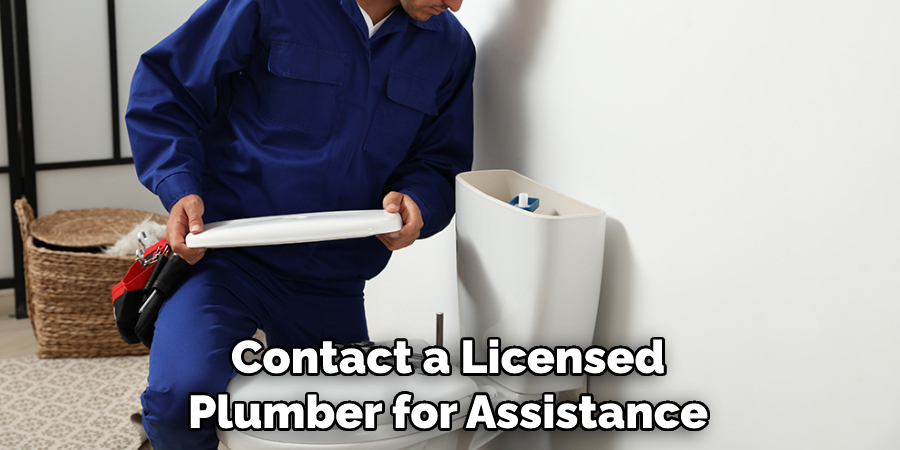
Good luck! With a bit of patience and effort, you should have no problem getting your toilet flushing correctly again.
How Much Will It Cost?
The cost of fixing a toilet that won’t flush properly can vary depending on the cause of the issue and how extensive the repairs are. In some cases, you may be able to fix the problem yourself with just a few tools and supplies – however, in more complex situations, it’s best to get a professional plumber to do the job.
The cost of hiring a professional plumber will depend on their experience and location, so make sure to get a few quotes in advance. The amount can be anywhere from $50 to $150, so just make sure you have a good idea of the costs before getting started.
Frequently Asked Questions
Q: What Are the Common Causes of a Toilet Not Flushing Properly?
A: Common causes include clogged air vents, blocked rim or jet holes, faulty fill valves, leaking tank bolts and gaskets, low water level, or a broken tank ball.
Q: How Do I Know if My Fill Valve Needs Replacing?
A: Test your fill valve by adding a few drops of food colouring into the tank and waiting for 15 minutes – if it doesn’t reach the bowl then you’ll need to replace it.
Q: Is It Difficult to Replace a Toilet Fill Valve?
A: Replacing a fill valve can be quite difficult, so it’s best to contact a licensed plumber if you’re unsure of how to do it. They’ll be able to provide you with the necessary instructions and advice on how best to replace your fill valve.
Q: How Do I Fix a Toilet That Won’t Stop Running?
A: First, check to make sure your fill valve is operating correctly If it is, then you need to inspect the tank bolt gaskets for any signs of wear or damage, as could be causing the problem. Finally, if all else fails, contact a professional plumber for assistance. They’ll be able to properly diagnose the issue and provide advice on how best to fix it. Good luck!
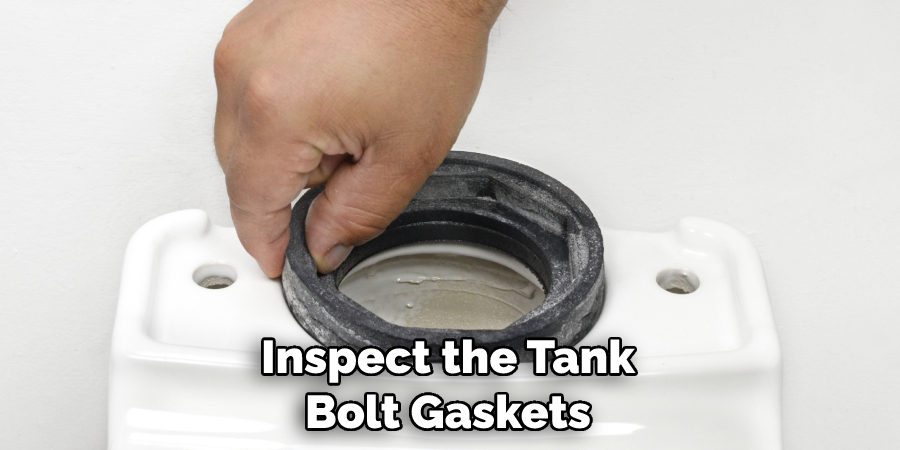
Conclusion
It is important to remember that periodic maintenance on your toilet can extend its life and save you money in the long run. With a few simple steps, a faulty toilet can easily be repaired. If it contains components that are beyond repairs, such as a plastic flush valve or flapper, then replacement may be necessary.
Additionally, it is recommended to keep spare parts and information about your particular toilet model if you ever need to do any repairs. With this knowledge, understanding how to fix a toilet that will not flush should not be an issue for anyone. By following these simple steps, even a novice plumber should be able to get their toilet functioning properly again in no time!

